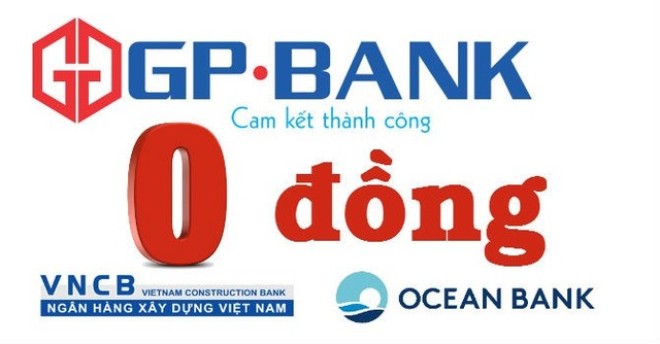|
Half a billion USD in reserves to support
three ailing banks’ liquidity
The restructuring
of three ailing banks, which the State Bank of

This was confirmed by Nguyen Huu
Nghia, SBV’s chief inspector, at a workshop reviewing the 3-year
implementation of the bank restructuring plan last week.
Nghia said after being taken over by SBV, the three banks now have reserves for liquidity again and have begun their normal operation. The liquidity reserve at Ocean Bank, according to Nghia, is VND7 trillion. Meanwhile, the figure is VND3 trillion at GP Bank and VND1 trillion at CB. “The amount of money is for paying depositors when necessary and for expansion under a new business plan,” Nghia said. Nghia affirmed that the financial resources used to settle the three banks’ problems do not come from the state budget, but from four main sources. First, the capital is mobilized by the banks themselves from business institutions and the public. The inflow capital to the banks resumed after they were taken over by the central bank. This is the most important source of capital reviving the weak banks. Second, there are resources from the credit institutions assigned to manage the zero-dong banks. However, Nghia said what the credit institutions have provided so far is just human resources, and SBV is not using the institutions’ money. The third source of capital comes from the three banks’ debt and asset settlements. Fourth is refinancing from the State Bank. Nghia said that in the worst case, if the banks go bankrupt, SBV will prioritize to pay debts to depositors before fulfilling other obligations. When asked about the next steps to be taken, Can Van Luc, a renowned banking expert, said he believes that SBV, after injecting money into the ailing banks and settling their problems, will divest the banks’ shares to withdraw capital from the banks. Regarding the bad debt settlement process, Le Thanh Tam from the Though figures about the non-performing loans (NPL) incurred by Vietnamese commercial banks released by Fitch, Moody’s and SBV in 2012 were different, they all showed that the bad debt was very high. However, experts all confirmed that the NPL ratio has fallen significantly recently, though they still doubt that the NPL ratio has dropped to 3 percent as stated by SBV. Of the four economic sectors undergoing restructuring – credit institutions, state-owned enterprises, public debt and agriculture – the credit institution restructuring is believed to be proceeding the most successfully.
US$1 = VND22,600
Kim Chi, VNN |
Thứ Ba, 13 tháng 10, 2015
Đăng ký:
Đăng Nhận xét (Atom)
Không có nhận xét nào:
Đăng nhận xét